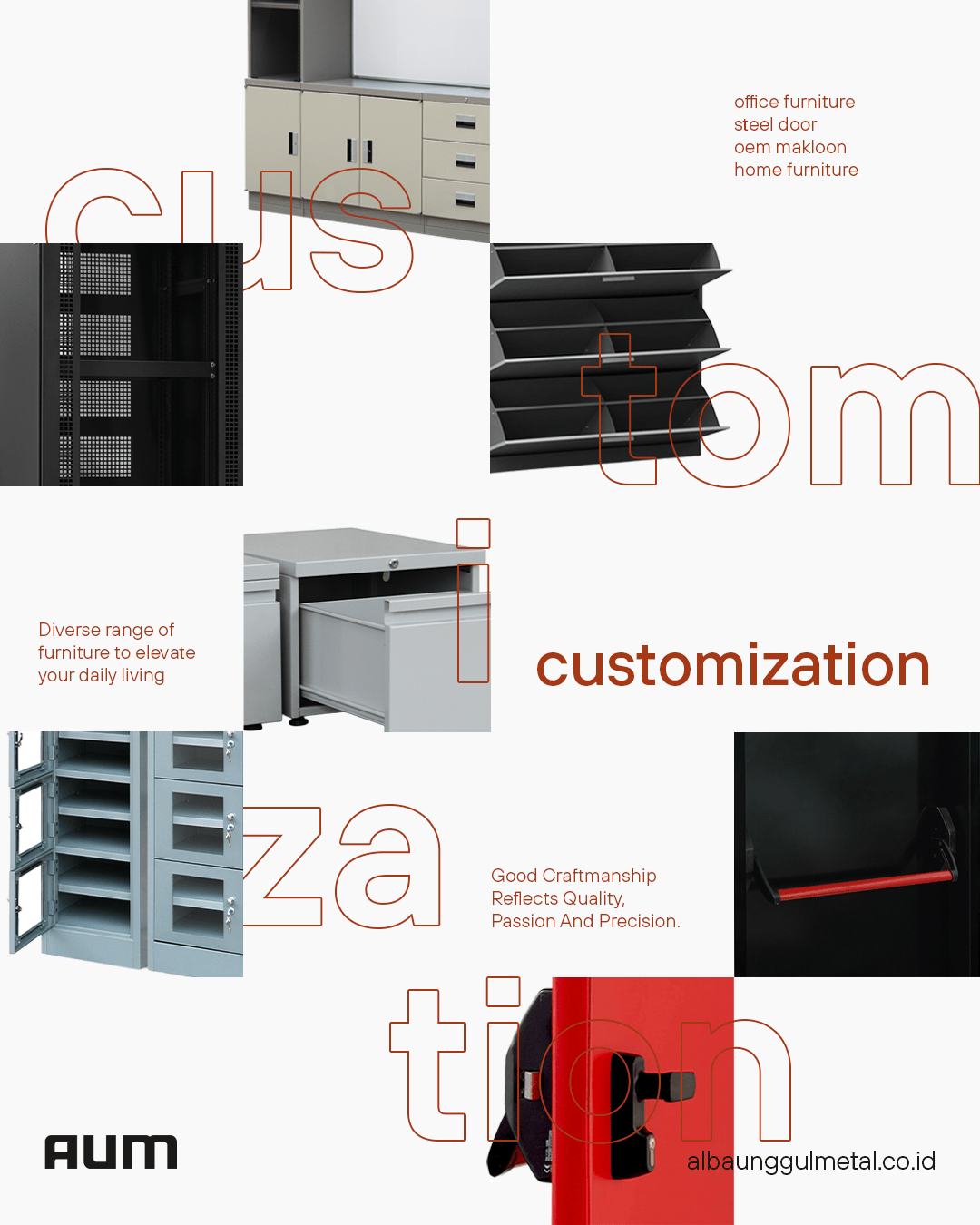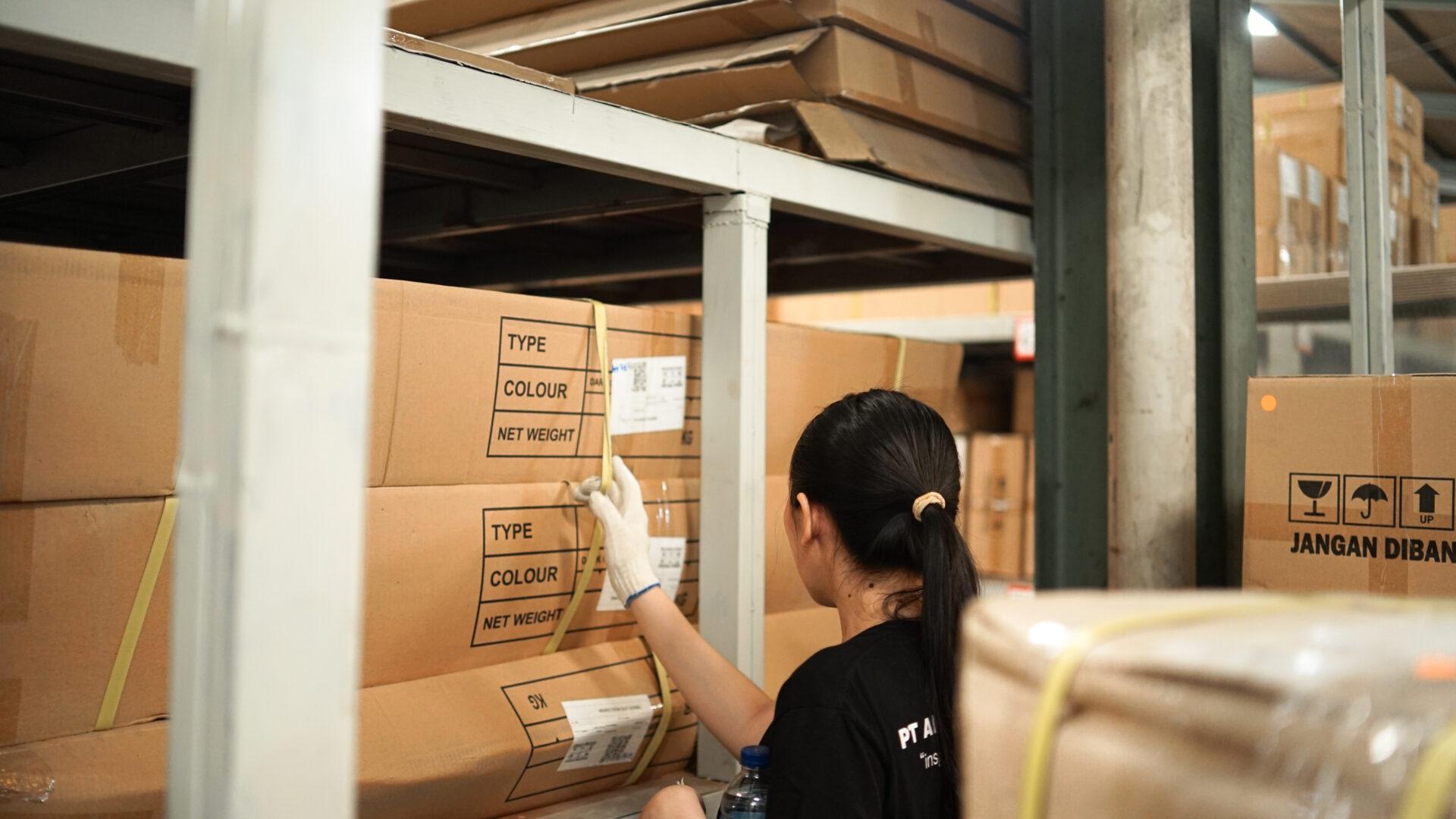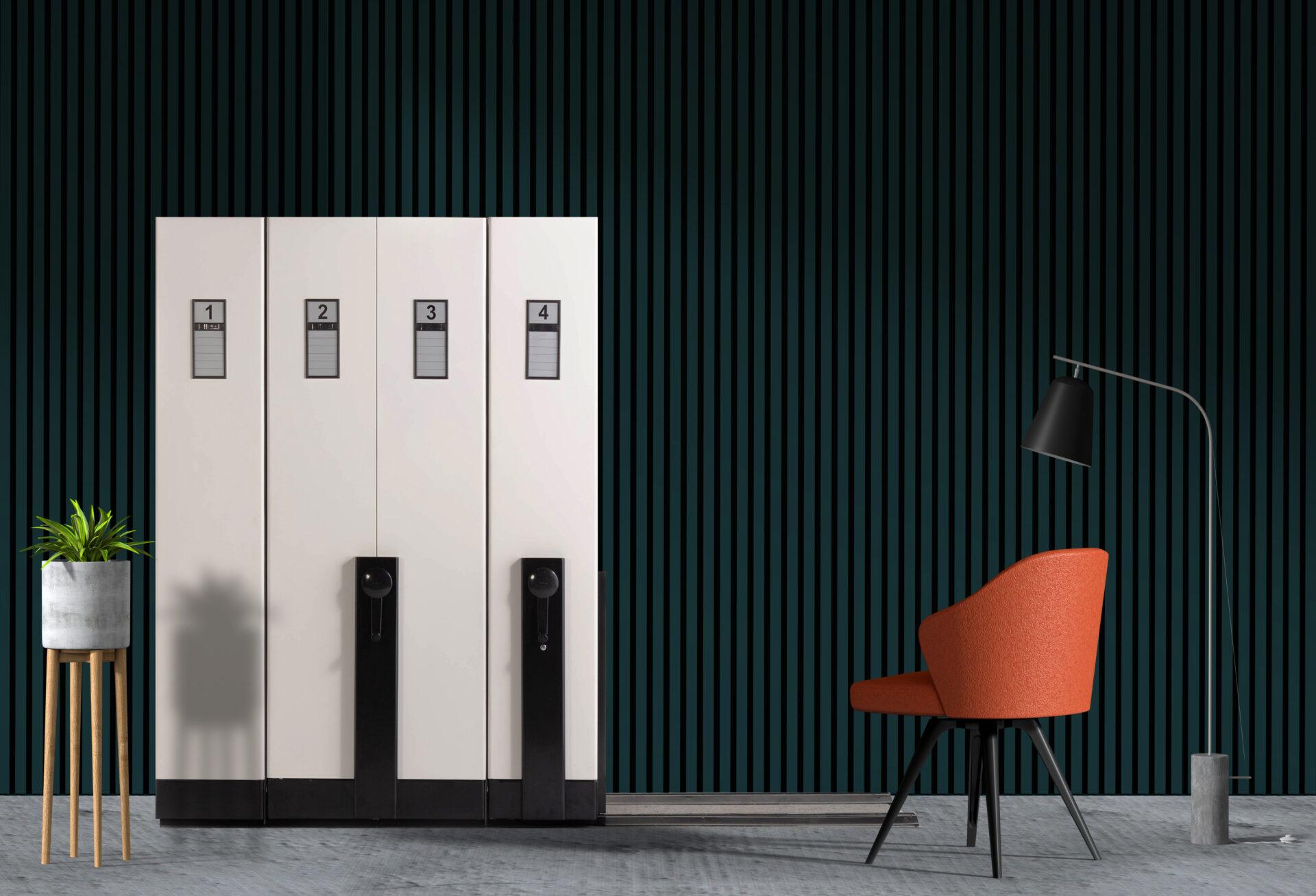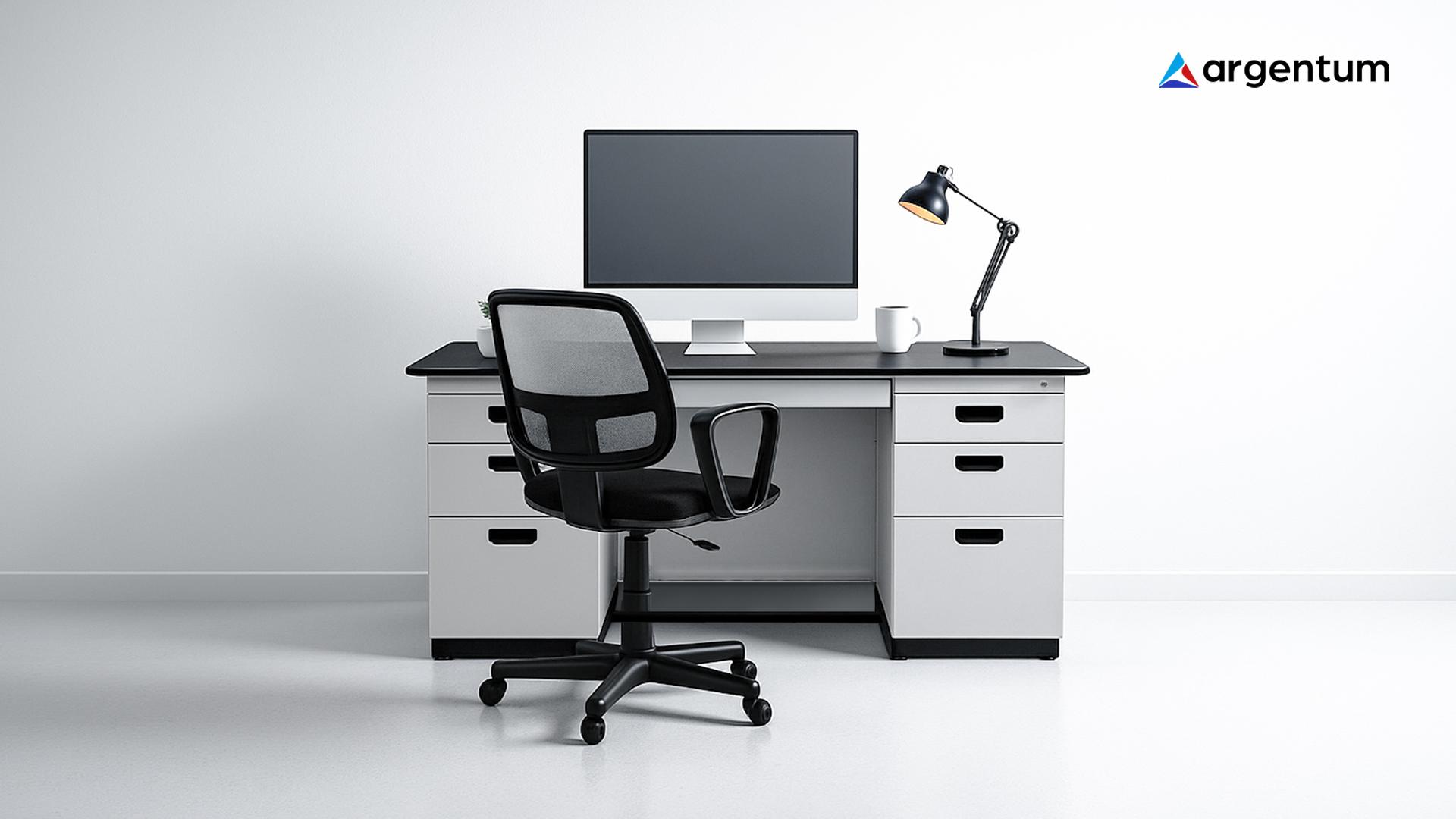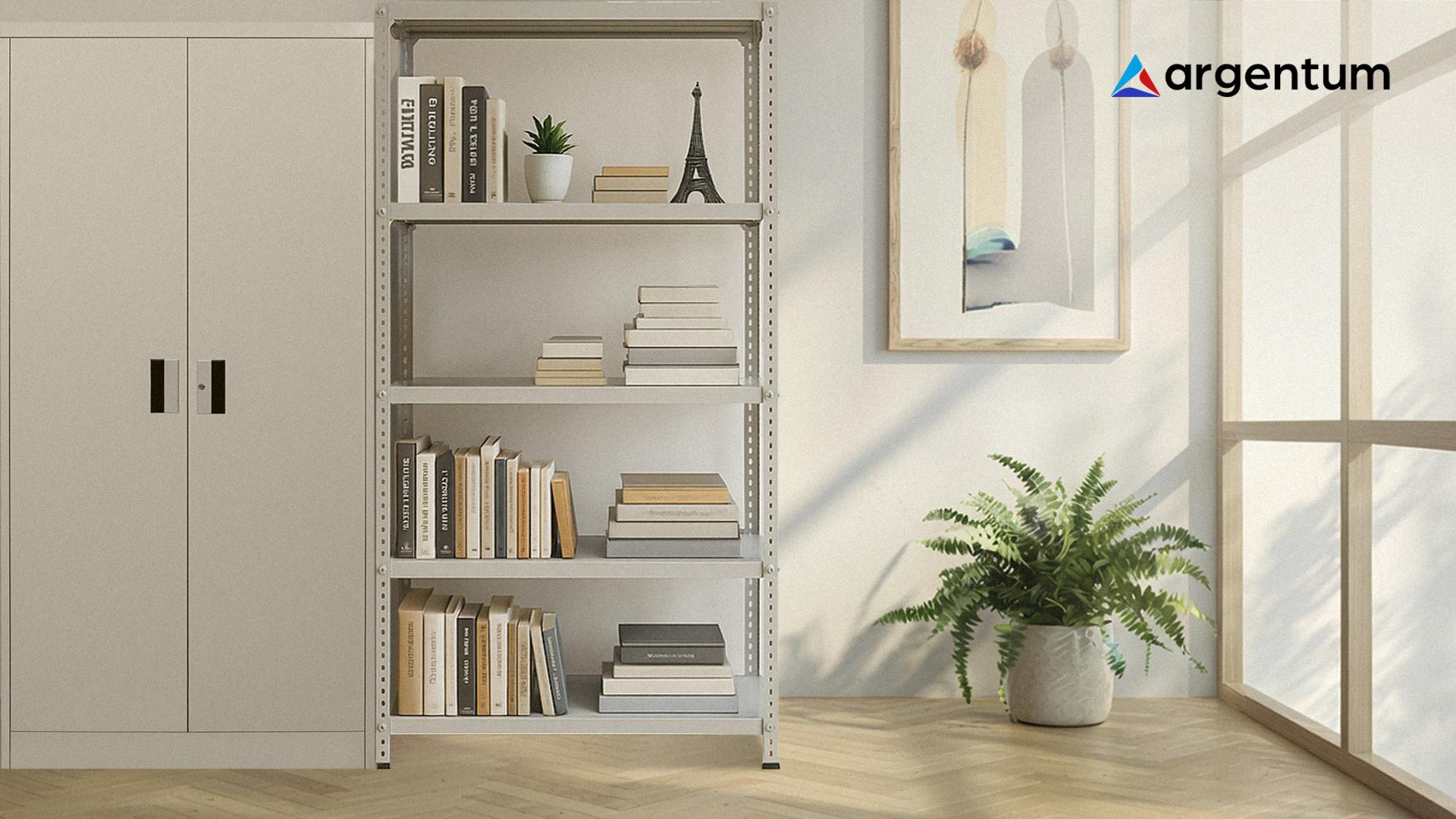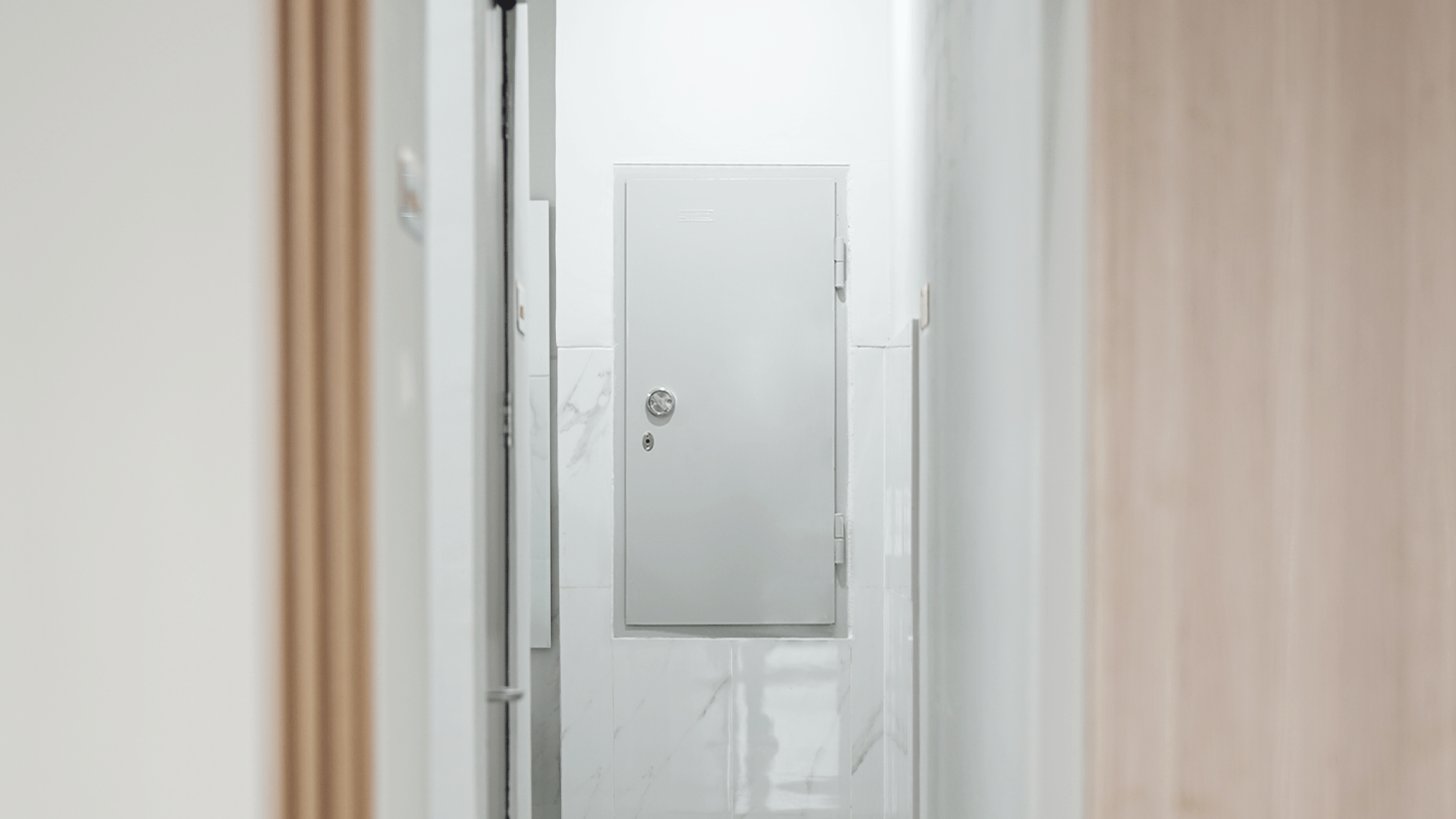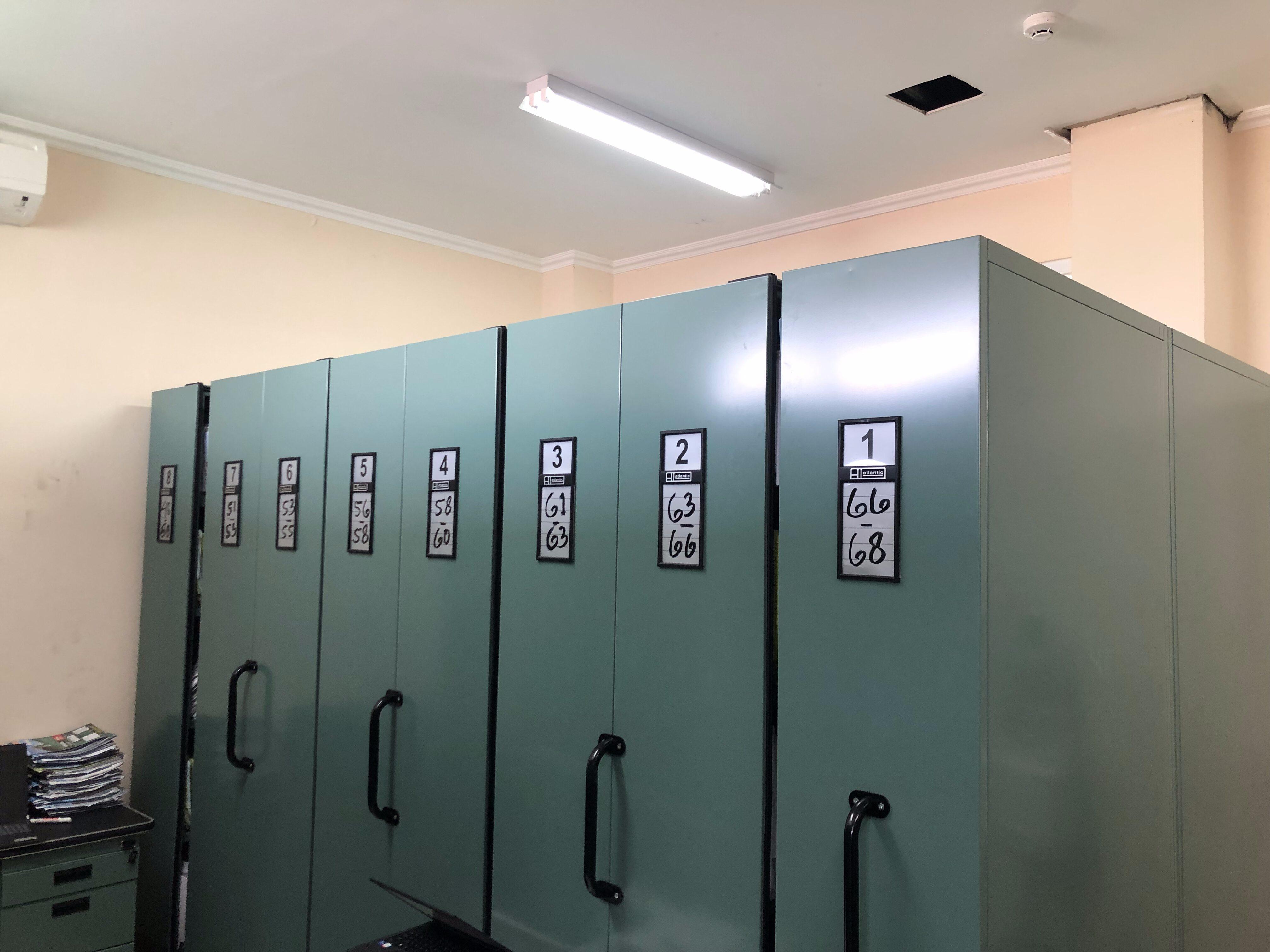Emergency Doors and Their Importance for Building Safety
Building safety is not only determined by the materials used or the advanced technology installed. One often overlooked yet critical aspect is the emergency door. The presence of emergency doors in office buildings, schools, hospitals, hotels, and shopping centers is vital in protecting occupants from accidents or disasters. This article explores what an emergency door is, its functions, and why it is an essential part of building safety standards.
What is an Emergency Door?
An emergency door is a special access point designed for use in emergencies such as fires, earthquakes, or other situations that require rapid evacuation. Unlike main or regular doors, emergency doors are typically simple in design, easy to operate, and directly connected to evacuation routes or emergency staircases.
Key features of emergency doors include:
- Equipped with a panic bar (horizontal push bar) for easy opening with a single push.
- Direct access to the outside or a safe evacuation route.
- Fire-resistant materials to withstand flames during a fire.
- Clear emergency signs and lighting to ensure visibility even in smoke-filled or dark conditions.
Main Functions of Emergency Doors
Emergency doors are not just a formality to comply with regulations. They serve several crucial functions that make them mandatory in modern buildings:
Provide Quick Evacuation Routes
During a fire or earthquake, panic can make people lose orientation. Emergency doors offer direct, quick access to safe areas.
Reduce Risk of Fatalities
In emergencies, every second counts. Doors that are easy to open minimize obstacles, enabling occupants to escape faster.
Comply with Safety Standards
Both national and international building regulations require emergency doors in public buildings, making them a legal necessity.
Offer Peace of Mind
The presence of emergency doors reassures occupants, visitors, and staff that they have reliable access to safety when needed.
Emergency Door Regulations in Indonesia
In Indonesia, the installation of fire- and smoke-resistant emergency doors is regulated by the Ministry of Public Works and Housing (PUPR). Public buildings are required to provide emergency doors with specific standards, such as:
- The number of emergency doors must match occupant capacity.
- Doors must not be locked from the inside.
- Evacuation routes must remain free of obstacles.
This confirms that emergency doors are not optional but a legal requirement for all building owners.
Types of Emergency Doors
All emergency doors must be fire- and smoke-resistant. The most common types include:
- Single Emergency Door – A single-leaf door with a panic bar, suitable for small to medium-capacity rooms.
- Double Emergency Door – A double-leaf door that opens simultaneously, commonly used in large-capacity areas such as malls or event halls.
- Emergency Door with Alarm System – Equipped with an alarm that sounds when the door is used, helping trigger evacuation and prevent misuse.
Tips for Choosing the Right Emergency Door
For building owners, selecting the right emergency door is crucial for ensuring safety. Consider these tips:
- Choose certified fire- and smoke-resistant doors (minimum 120 minutes).
- Ensure the door is equipped with an easy-to-use panic bar.
- Match the door size to the building’s occupant capacity.
- Use high-quality materials for durability and reliability.
- Conduct routine inspections to ensure proper functionality.
Importance of Maintenance and Evacuation Drills
Emergency doors only work optimally with proper maintenance. Unfortunately, many buildings keep them locked for security reasons—a practice that is extremely dangerous. Steps to ensure safety include:
- Regular inspections to confirm smooth operation.
- Keeping evacuation routes clear of obstructions.
- Conducting regular evacuation training and drills for occupants or staff, ensuring everyone knows the emergency exits.
Conclusion
Emergency doors are not just accessories but essential safety elements in every building. Their role as evacuation routes, life-saving tools, and compliance with building standards makes them a non-negotiable requirement.
As a building owner, ensuring that emergency doors are available, functional, and compliant with regulations is a major responsibility. Ignoring this simple element can determine the difference between life and death in an emergency.
Is your building equipped with certified, high-quality emergency doors? Discover a wide range of emergency door and fire door solutions, along with other building safety equipment, only at albaliving dan with Alba Unggul Metal, create safer, more reliable, and trusted buildings.

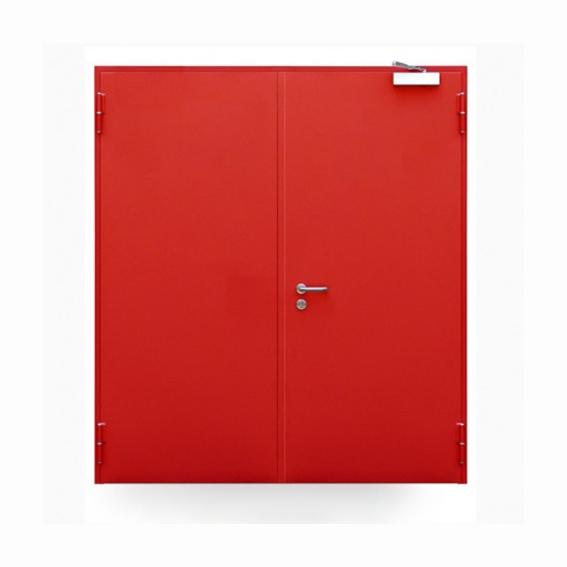 Alba Double Fire Door
Alba Double Fire Door 
